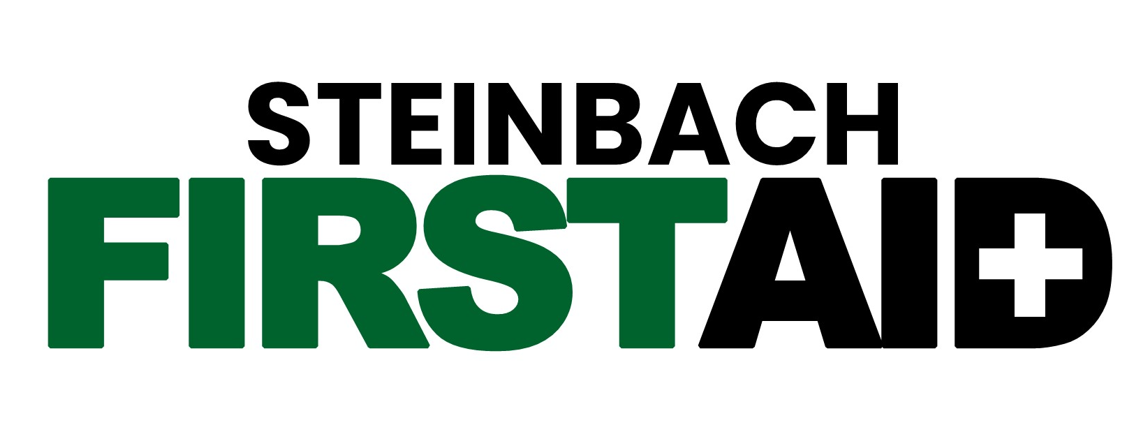- Important phone numbers (veterinarian, emergency hospital, poison control, animal control, nonemergency police).
- A copy of your pet’s medical record, including any medications your pet is receiving.
- Digital thermometer to take your pet’s temperature.
- Muzzle to prevent bites (DO NOT muzzle your pet if they are vomiting).
- Spare leash and collar.
- Gauze roll for wrapping wounds or muzzling an injured animal.
- Clean towels for restraining cats, cleaning, or padding.
- Nonstick bandages or strips of clean cloth to control bleeding or protect wounds.
- Self-adhering, nonstick tape for bandages.
- Adhesive tape for securing bandages.
- Scissors with blunt ends for safely cutting bandage materials.
- Disposable gloves to protect your hands.
- Small flashlight for examining eyes, wounds, etc.
- Tweezers to remove small foreign objects.
- Eye dropper (or large syringe without needle) to give oral treatments or flush wounds.
- Sterile lubricating jelly to protect wounds/eye.
- 3% hydrogen peroxide to induce vomiting (Always contact your veterinarian or poison control center before inducing vomiting).
- Saline solution for cleansing wounds or flushing eyes.
Credit: American Veterinary Medical Association

